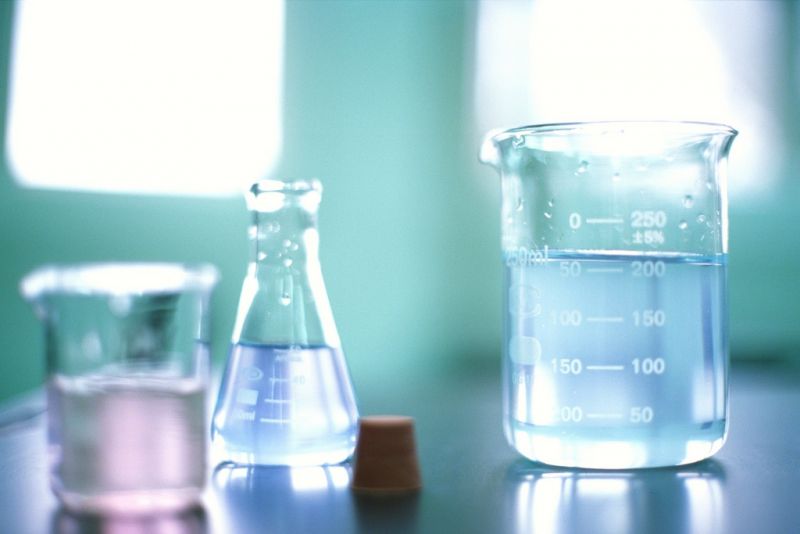Comparative Analysis Between Sanitation Systems in Brazil and the USA
Published on by Water Network Research, Official research team of The Water Network in Academic
Comparative analysis between sanitation systems in Brazil and the USA shows the need to apply new technologies for the treatment of chemical compounds created by men, some of them endocrine deregulators.
A joint research Project between Brazilian and American scientists is attempting to determine emerging contaminants in the environment based on the comparison of water and sewage treatment systems in each country.

Representative image, Source: Flickr, Author: usehung
Samples are being collected from a wide variety of sources such as surface water, groundwater, wastewater, reuse water, sewage water and residential drinking water.
According to the researcher, the presence of contaminants has been identified in drinking water, although at much lower levels than in groundwater or alternative sources of supply.
"Compared to the United States, sanitation conditions in Brazil are quite precarious. Conventional wastewater treatment systems in Brazilian cities are not efficient at removing most of the emerging contaminants, such as bisphenol, used in the production of plastics," she said.
"The results of our studies indicate that some of the water treatments used in Brazil, if done properly, could remove a portion of these contaminants, but complementary treatments need to be adopted in order to obtain clean water that can be safely consumed," she added.
Different contaminants can be found in the water used by the population by the hundreds. Researchers focused on a list of compounds of mutual interest, sufficient in number to identify contamination in the source analyzed.
"Analysis of the presence of these compounds can indicate the level of contamination of the water system by sewage. It is also an indication that the water treatment stations are not efficiently removing emerging contaminants," Montagner said.
Montagner verified on water samples the presence of industrial compounds, pesticides, personal hygiene products, medicines, caffeine, illegal drugs, among other things. "The compounds are being isolated, identified and quantified using liquid chromatography coupled with mass spectrometry."
Media
Taxonomy
- Drinking Water Security
- Treatment
- Treatment Methods
- Drinking Water Treatment
- Drinking Water Managment
- Drinking Water
- Laboratory Equipment
- water treatment
- Water Sanitation & Hygiene (WASH)